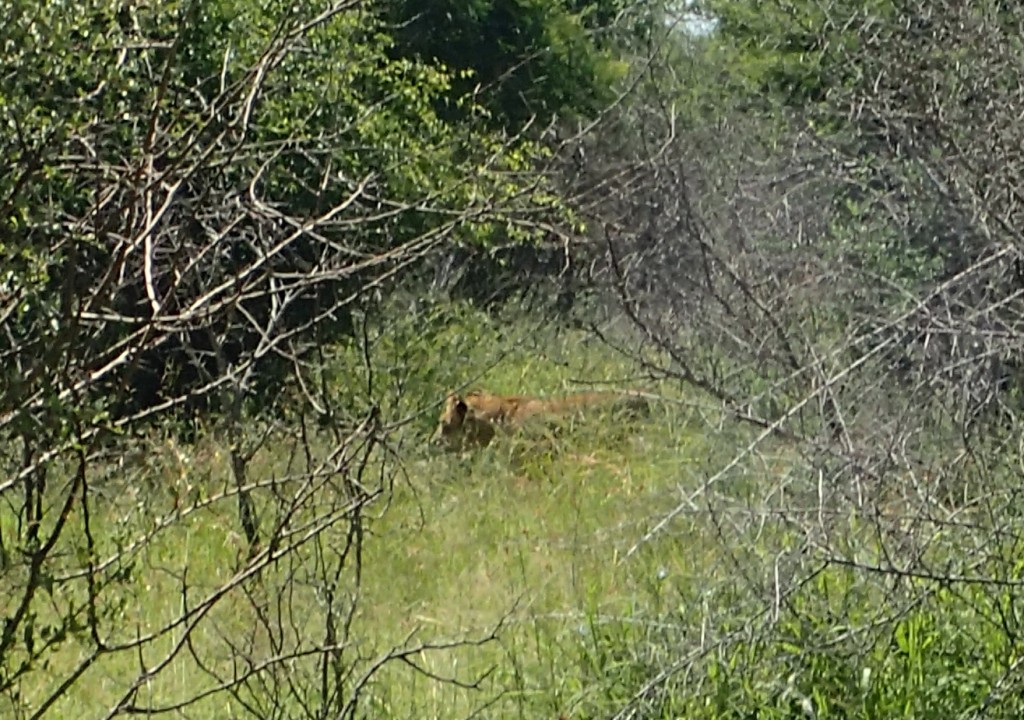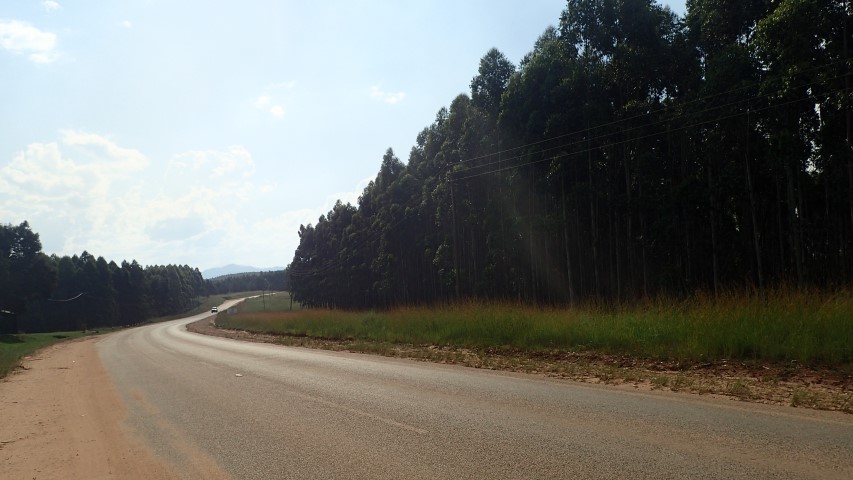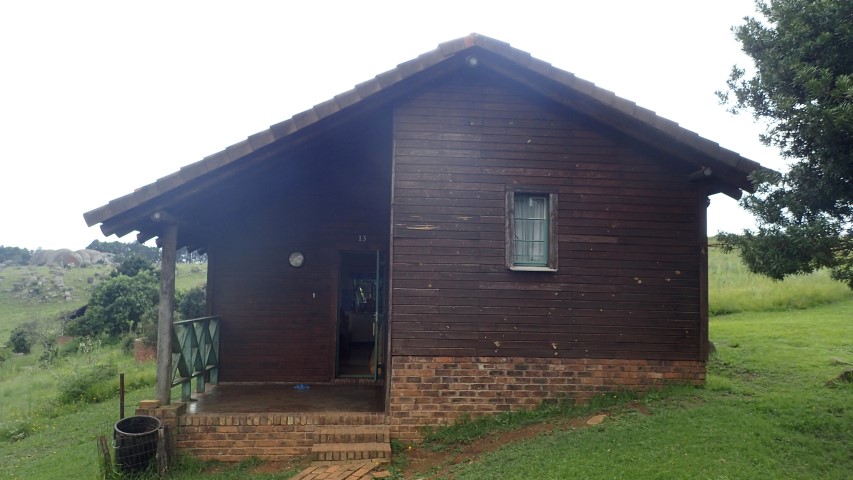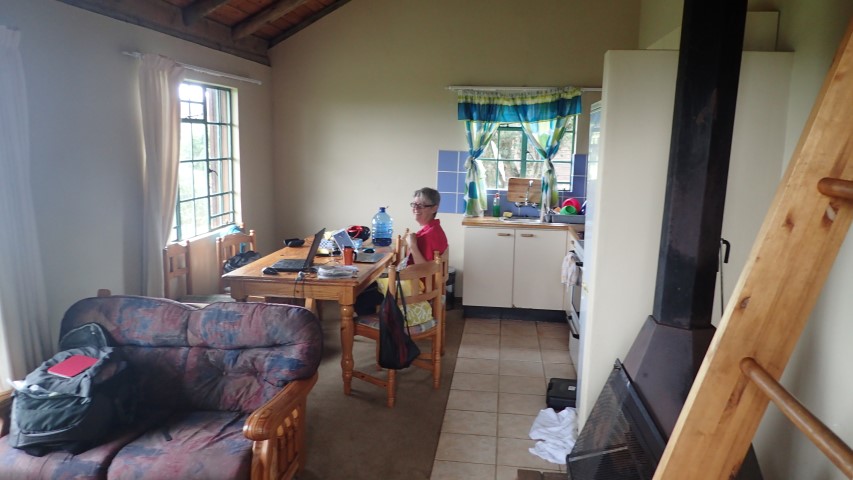Wildlife tally for Thursday Feb 5
elephants
antelopey thingies – impala & springbok
buffalo
hippo
zebras
white rhinos
lions – we drove up to a ‘wildlife jam’ and someone stopped to tell us that there were lions with cubs. We saw 2 lionesses, but didn’t manage to see the cubs.
Now that we’re out of Kruger, we have to retrain our eyes to stop looking for wildlife. A car stopped by the side of the road isn’t looking at something interesting that we might also want to look at, it’s just stopped by the side of the road. A tall vertical tree trunk probably isn’t a giraffe; a large greyish rock isn’t an elephant, rhino or hippo and that branch of dead brown leaves on a low-growing shrub isn’t a lion. We’ve had a lot of fun and success looking and finding wildlife, though.
We’re in Swaziland. I don’t think I’ll ever get past the thrill of entering another country just by driving across a border. Something to do with living on a very large island and having to travel for HOURS to just leave the country, plus the time it takes to get to another country from Australia. We’re getting the hang of negotiating immigration and customs now that we’re in our 4th African country, but we need to get better at answering the inevitable question: ‘Where are you going?’ Our vague ‘oh we’ll camp somewhere near something’ isn’t acceptable, and nearly every time we go through a border check we have to drag out our maps to point to where we’re headed, because we can’t quite remember or pronounce the complicated African names.
It’s so different here, even though it’s only about 50kms south of where we were. We left Kruger mid-morning with the temperature in the low 30s, and by the time we got to Malolotja Nature Reserve at around 4.30, we had driven through a thunderstorm and it was a chilly 17C. We’re in the north-western part of the country, just 35kms from capital Mbabane, but we’re overlooking rolling green hills on all sides, with mountains to the west. We don’t have internet access here so I can’t check, but I guess the mountains form the border with South Africa. This part of Swaziland is very mountainous, very green, very scenic and very poor. We drove through eucalypt and pine forests and were alarmed to see a couple of fires in the eucalypt forests. They were in cleared areas, burning the tree stumps and debris. Greg thought that was pretty brave, and not something that would ever happen in plantations at home. But then, if it rains often and as torrentially as it did yesterday, it’s probably more of an issue to keep the fires alight than worry about them getting out of control.
On our way here we stopped at a supermarket in a shopping complex at Piggs Peak, a former gold mining area. Today forestry and tourism are the main industries. Heaps of people everywhere, but only a small carpark that was only half full. Not many people own cars, most either catch minibuses if they can afford them … or walk. The supermarket was well-stocked, but a closer look showed a whole display section with 6 shelves full of the same brand of baked beans. Meat is expensive for the locals, and it seems that they eat a lot of TVP if the range on the shelves was anything to go by – lots of different flavours (beef, oxtail, chicken) packaged lots of different ways – with pasta, rice, curry, vegetables. I bought a packet of ‘chicken flavour with pasta’, which looks rather a lot like beige flour. Cost $1.10, feeds 4 people.
We stayed in a log cabin last night. It cost us $60. I thought that if we camped, we might have to make a few dashes to the car to get away from lightning, and even though Mr Adventure is reluctant to concede, I was right. It hailed a couple of hours after we’d got ourselves settled in, and the storms continued into the night. We had no power until the early hours of this morning, which didn’t really worry us – we cooked on our gas stove and used our headlight torches for light. There was plenty of hot water and we put our refrigerator stuff in the freezer, then moved it to the fridge when the power came back on so it wouldn’t freeze.
Today’s plan is to visit Mbabane and Manzini, the largest city in Swaziland. Manzini (then called Bremersdorp) was the capital until the end of the Boer War, when the British moved it to Mbabane (which probably got its name from a small and bitter high-veld plant), probably because Bremesrdorp had been looted and burned to the ground. The name Manzini, meaning ‘at the water’ was officially adopted in the 1960s. We’re planning on staying at the Mlilwane Wildlife Sanctuary, Swaziland’s oldest nature reserve. It celebrated its 50th anniversary in 2014.




